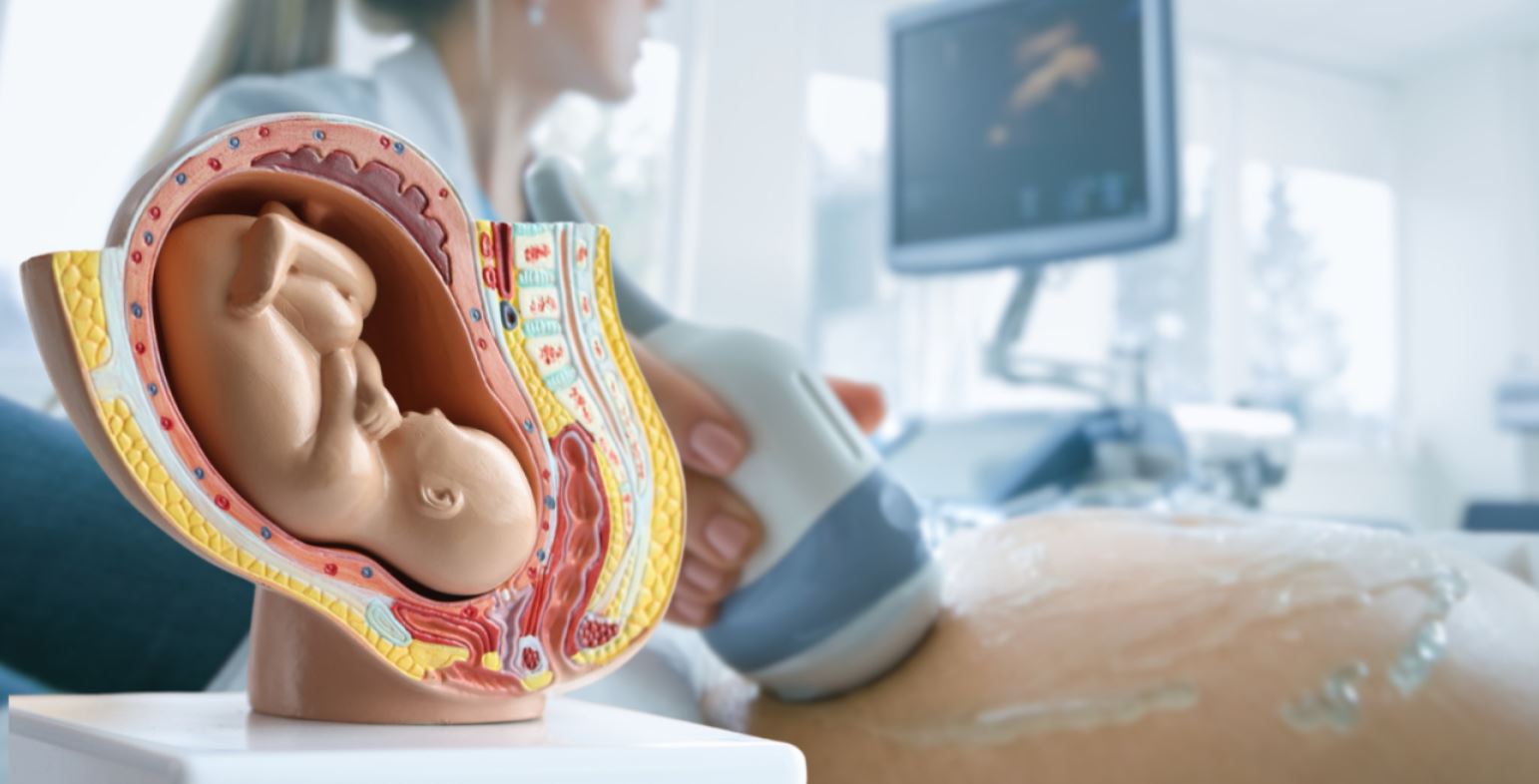
Pre-Eclampsia
Pre-eclampsia is a serious pregnancy complication characterized by high blood pressure and signs of damage to other organ systems, most commonly the liver and kidneys. It typically occurs after the 20th week of pregnancy and can lead to serious, even life-threatening complications for both the mother and the baby if left untreated.
Symptoms:
Symptoms of pre-eclampsia may include:
- High blood pressure (hypertension)
- Proteinuria (presence of protein in urine)
- Swelling of the hands and face, especially around the eyes
- Severe headaches
- Changes in vision, such as blurred vision or sensitivity to light
- Upper abdominal pain, usually under the ribs on the right side
- Nausea or vomiting
- Decreased urine output
However, some women with pre-eclampsia may not experience any noticeable symptoms, which is why regular prenatal care and monitoring are essential.
Diagnosis:
Diagnosis of pre-eclampsia is based on a combination of symptoms, blood pressure measurements, and laboratory tests. Prenatal care providers routinely monitor blood pressure and urine protein levels during prenatal visits to screen for signs of pre-eclampsia. Additional tests, such as blood tests to assess liver and kidney function and ultrasound scans to evaluate fetal growth and amniotic fluid levels, may be performed to confirm the diagnosis and assess the severity of the condition.
Management and treatment:
Management and treatment of pre-eclampsia focus on preventing complications and ensuring the well-being of both the mother and the baby. Treatment may include:
- Blood pressure monitoring: Regular monitoring of blood pressure to detect any sudden or severe increases that may indicate worsening pre-eclampsia.
- Medications: Antihypertensive medications may be prescribed to help lower blood pressure and reduce the risk of complications.
- Close fetal monitoring: Regular prenatal check-ups, fetal ultrasound scans, and fetal heart rate monitoring to assess the baby’s growth and well-being.
- Hospitalization: Severe pre-eclampsia may require hospitalization for closer monitoring and management of complications.
- Delivery: In severe cases of pre-eclampsia, delivery of the baby and placenta may be necessary to prevent further complications. The timing and method of delivery depend on various factors, including the gestational age of the fetus, the severity of pre-eclampsia, and the well-being of both the mother and the baby.
Complications of pre-eclampsia can include:
- Eclampsia: Severe pre-eclampsia can progress to eclampsia, a life-threatening condition characterized by seizures or coma.
- HELLP syndrome: A variant of pre-eclampsia involving hemolysis, elevated liver enzymes, and low platelet count, which can lead to liver failure, bleeding, and other complications.
- Placental abruption: Premature separation of the placenta from the uterine wall, which can cause heavy bleeding and compromise fetal oxygen supply.
- Fetal growth restriction: Impaired blood flow through the placenta can lead to restricted fetal growth and low birth weight.
- Preterm birth: Severe pre-eclampsia may necessitate early delivery, increasing the risk of premature birth and its associated complications.
Aftercare following pre-eclampsia may include continued monitoring of blood pressure and urine protein levels, evaluation for long-term cardiovascular risk factors, and counseling regarding future pregnancy planning and contraception.
What causes pre-eclampsia?
The exact cause of pre-eclampsia is unknown, but it is thought to involve abnormalities in placental development and function, as well as maternal factors such as genetics, immune system dysfunction, and underlying medical conditions such as chronic hypertension or diabetes.
Who is at risk for developing pre-eclampsia?
While pre-eclampsia can occur in any pregnant woman, certain factors may increase the risk, including first-time pregnancy, maternal age over 35, multiple gestations (twins or higher), a history of pre-eclampsia in a previous pregnancy, obesity, and certain medical conditions such as chronic hypertension, diabetes, or kidney disease.
Can pre-eclampsia be prevented?
While pre-eclampsia cannot always be prevented, women can reduce their risk by attending regular prenatal care visits, maintaining a healthy lifestyle, including a balanced diet, regular exercise, and managing chronic medical conditions such as hypertension or diabetes before pregnancy.
Can pre-eclampsia be treated during pregnancy?
Yes, pre-eclampsia can be managed during pregnancy through close monitoring of blood pressure, medications to control hypertension, and, in severe cases, hospitalization for closer monitoring and potential delivery of the baby.
What are the potential complications of pre-eclampsia for the baby?
Complications of pre-eclampsia for the baby can include fetal growth restriction, preterm birth, low birth weight, and, in severe cases, stillbirth. Close fetal monitoring and timely intervention are essential to minimize these risks.
Can pre-eclampsia recur in future pregnancies?
Yes, women who have had pre-eclampsia in one pregnancy are at increased risk of developing it again in subsequent pregnancies. Close monitoring and proactive management are essential to ensure optimal outcomes for both the mother and the baby.
What is the long-term outlook for women who have had pre-eclampsia?
Women who have had pre-eclampsia are at increased risk of developing cardiovascular disease later in life. It is essential to undergo regular follow-up care with healthcare providers to monitor blood pressure, cholesterol levels, and other cardiovascular risk factors and take steps to reduce the risk of future complications.
Gynaecology And Obstetrics Conditions
- Cervical Cancer
- Chlamydia
- Ectopic Pregnancy
- Endometriosis
- Fibroids (Uterine Leiomyomas)
- Gestational Diabetes
- Gestational Hypertension
- Gonorrhea
- Gynecologic Cancers (Cervical, Ovarian, Uterine)
- HPV (Human Papillomavirus)
- Hyperemesis Gravidarum
- Infertility Issues
- Menstrual Disorders
- Molar Pregnancy
- Multiple Pregnancies (Twins, Triplets)
- Ovarian Cancer
- Ovarian Cysts
- Pelvic Inflammatory Disease (PID)
- Polycystic Ovary Syndrome (PCOS)
- Postpartum Depression
- Pre-Eclampsia
- Sexually Transmitted Infections (STIs)
- Syphilis
- Uterine Cancer
- Uterine Fibroids
- Vaginal Infections




